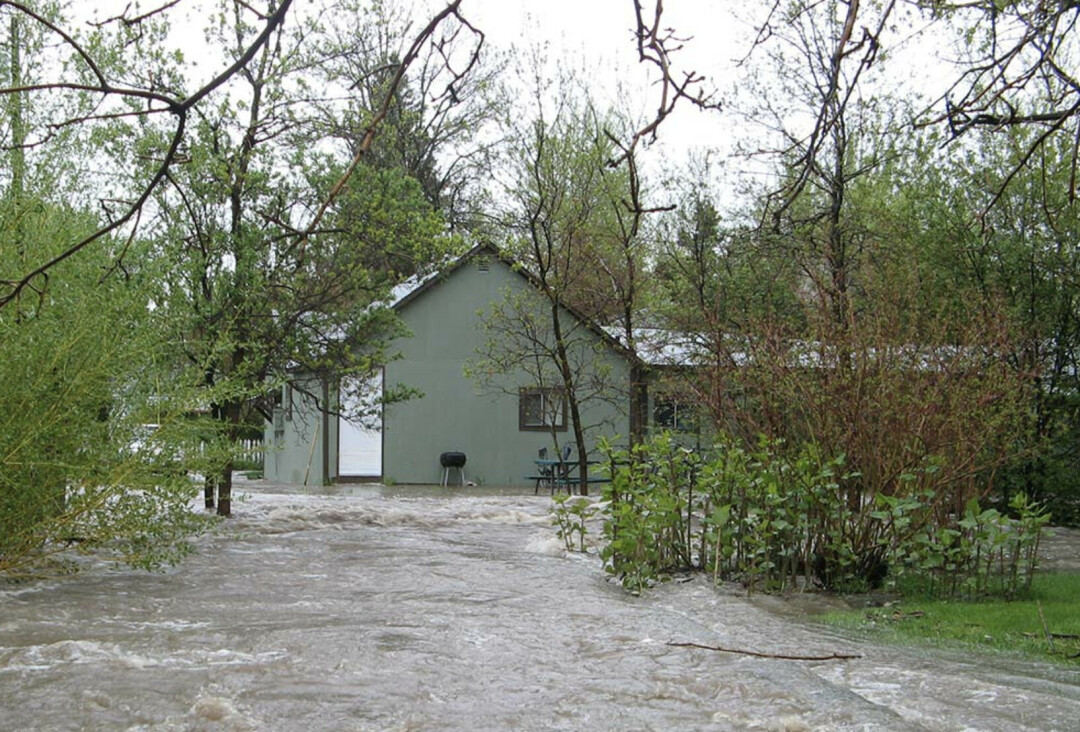MSU Extension study: Quality of life a top factor for people moving into and within Montana
BOZEMAN — Only about a third of people moving into and within Montana between 2016 and 2021 moved for work, according to a study released this week by Montana State University and MSU Extension. Better access to the outdoors, a less congested place to live and a slower pace of life were the most important reasons for moving, according to those surveyed.
“This study shows that quality of life reasons, rather than financial reasons, were the most important factors for deciding where to move,” said Tara Mastel, principal investigator on the study and associate specialist for community development at MSU Extension.
About a third of respondents said financial factors, such as finding a better or higher paying job or lower cost of living, were important to their decision to move, said Mastel.
Only about half of respondents moved to Montana communities from out of state. The other half moved from one community to another in Montana. For those who moved from another state, most came from California, Washington, Colorado, Oregon and Idaho.
This study was first conducted in Minnesota in 2019 and was replicated in Montana in 2021 after participants in MSU Extension’s Reimagining Rural program asked if similar data about newcomers held true for Montana. The Reimagining Rural program shares positive data and stories about successful rural communities to inspire rural leaders.
“Rural communities have relied on newcomers for decades to sustain the population. They replace those who move away or die and are a key part of the workforce, school enrollment and community volunteers,” said Mastel. “We hope this survey data can help local leaders understand who these newcomers are and the value they bring to rural communities.”
The survey was sent to an equal number of people in Montana’s rural communities and larger cities who had moved between 2016 and 2021. Results for Montana’s study were similar to Minnesota’s with some exceptions. For example, Montana respondents expressed a significantly lower perceived availability of affordable housing in in the state, while Minnesota respondents cited a perception that schools in the region were high quality.
The researchers mailed the survey to 9,000 addresses and received 1,765 responses. The research was conducted by Mastel; Sarah Schmitt-Wilson in the MSU Department of Education; Sabre Moore, student researcher and executive director of the Carter County Museum; and Eric Austin in the MSU Department of Political Science.
Support for the study came from the Montana Community Foundation and the Montana Farm Bureau Foundation.
To read the report of the study findings, visit msuextension.org/communitydevelopment/newcomerresearch.html. For more information, contact Mastel at tara.mastel@montana.edu.




 Bozeman Creek
Bozeman Creek

News Comments
Thank you
Open Auditions for Annie
Monday, Sep. 16, 2024
I’m at the Bozeman airport where your painting, “Blowing East” is displayed. It’s absolutely gorgeous! Bravo, Marci!!
The Artists’ Gallery in Bozeman’s Emerson Cultural Center May Exhibits
Sunday, Jun. 30, 2024
This is so typical of a sign in, which we should not have to do to check if we or some one in our party got a permit. I have been working or "creating an account" for 30 minutes and just get the same ...
Smith River permit drawing results available
Sunday, Mar. 10, 2024
I have struggled with this podcast and my own participation therein, the event itself obviously traumatic, but beyond that my inability to reach anyone and convey anything resembling truth. The person ...
Billings, MT Case Becomes True Crime Podcast | 'An Absurd Result'
Marktokarski
Saturday, Jan. 20, 2024